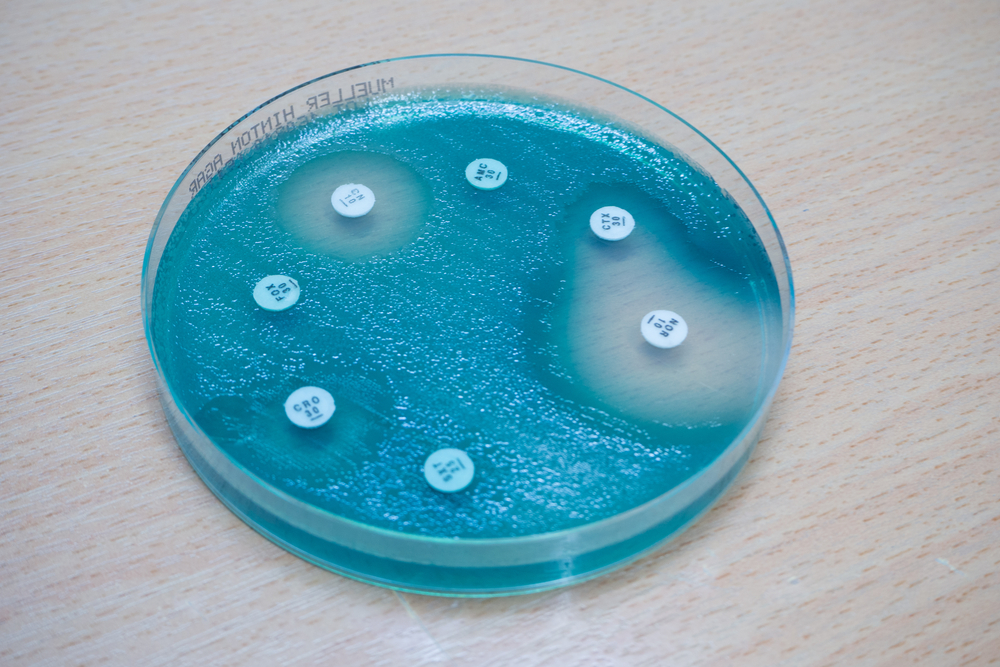Compound in Soil Bacteria May Combat CF Pseudomonas Infections

Researchers may have come one step closer to more effective treatments against Pseudomonas aeruginosa growing in layers known as harmful biofilms. A compound found in soil bacteria prevented the bacteria from forming biofilms, which is a serious health threat to patients with cystic fibrosis.
The findings, published in the journal Science, were made possible using an entirely new approach, which researchers describe in the report “Pyocyanin degradation by a tautomerizing demethylase inhibits Pseudomonas aeruginosa biofilms.”
Pseudomonas owes a large part of its persistence in people with CF due to its tendency to form biofilms — layers of bacteria embedded in mucus. When growing in this form, the bacteria are effectively protected from antibiotics, making it difficult to eliminate with current treatment approaches.
Researchers at California Institute of Technology and the University of Oxford in the U.K. studied a compound secreted by the bacteria, called pyocyanin. The substance, which is known for its bright blue color, has long been used to diagnose infections with the bacteria.
However, researchers recently discovered that it is valuable for more than diagnostic purposes. The compound helps the bacteria grow into biofilms, making it a possible target for treatment of Pseudomonas infections.
Turning to a rather unorthodox source in medical science contexts — the backyard of a Caltech lab — the research team isolated another type of bacteria, present in the soil of the backyard.
Analyzing factors released from this bacterium, they found one substance, capable of changing the chemical structure of the pyocyanin.
The structural change turned out to be important. The newly discovered compound, which the scientists called pyocyanin demethylase, or PodA, prevented Pseudomonas from forming biofilms when grown in lab dishes.
“What is interesting about this result from an ecological perspective is that a potential new therapeutic approach comes from leveraging reactions catalyzed by soil bacteria,” said Dianne Newman, a professor of Biology and Geobiology at Caltech, and the study’s lead author.
“These organisms likely co-evolved with the pathogen, and we may simply be harnessing strategies other microbes use to keep it in check in nature,” said Newman, adding there is plenty more to learn about strategies that bacteria use against each other before determining the optimal way of exploiting the mechanisms. The findings also are likely to open up for similar discoveries in other bacterial species.
In other words, researchers are years from translating the findings into treatments for human disease. Nevertheless, they might have taken the first step.







